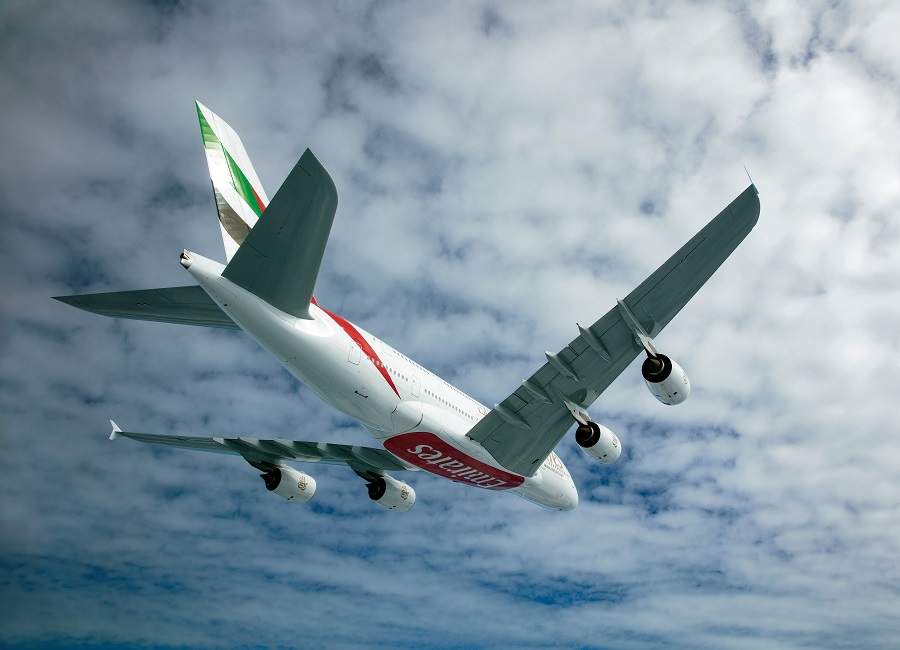The 123rd A380 to join Emirates is the last of the breed for the airline and Airbus. What does this mean for Emirates and the manufacturer?
Many commentators hail the delivery of the last Airbus A380 as the “end of an era”. But evaluating this era is a bit more difficult. There are some misunderstandings out there, about why this plane didn’t sell better than it did. Many assume that it’s simply because as a quad-jet, it’s not efficient. But it’s not that simple.
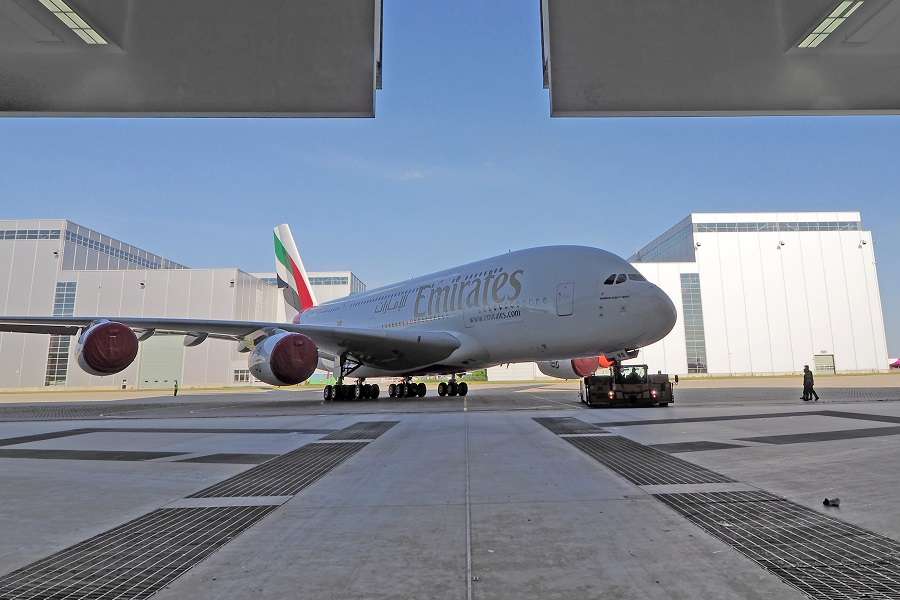
Emirates is the biggest A380 operator, with 121 aircraft in its fleet. No, that’s not a typo. The plane the airline picked up recently is the 123rd it adds to its fleet. But the airline has already retired two of the earliest examples. And out of the 121 jets it still has, 63 are in storage. However, the number of active A380s is creeping upwards – Omicron variant permitting.
A Plane For A Hub & Spoke World
For this jet to succeed commercially, Airbus knew that the hub & spoke model needed to continue being the norm. And it would be nice if four-engined aircraft remained in vogue, for ocean crossings. Neither of these gambles panned out. Unlike Emirates, most airlines don’t really have the kind of network that would support year-round A380 passenger volumes. And ETOPS means that twin-jet airliners are ruling supreme, even over the oceans.
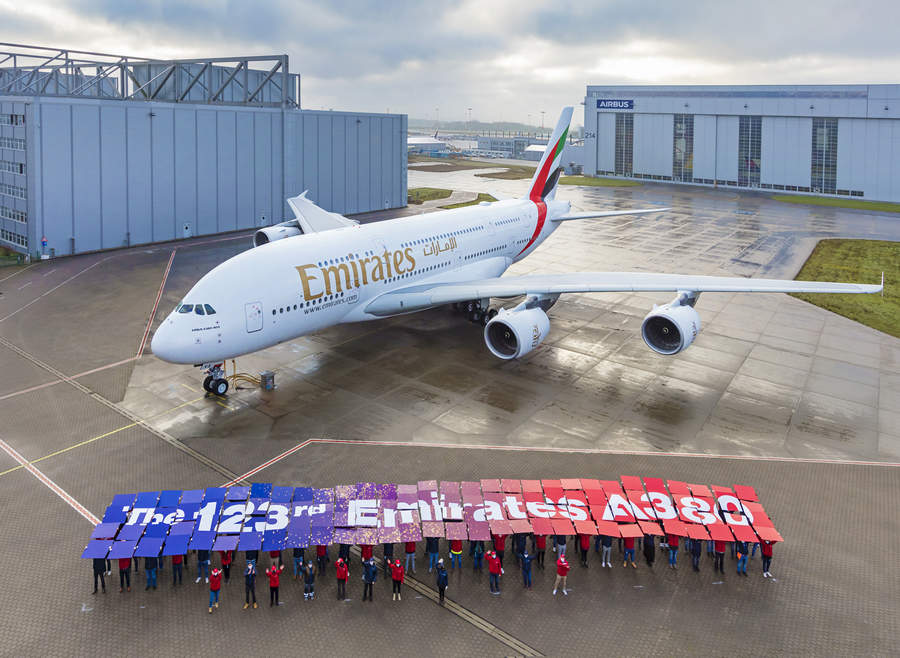
But to say that the A380 failed because of the above is to be a bit dismissive towards the jet and its designers. Leeham News recently published a study on its efficiency. When fully loaded, the jet is surprisingly competitive, compared to flying the same number of passengers in two twin jets. So we will continue to see the A380 in the colours of Emirates, British Airways and others, for many years.
But this comparison (one A380 Vs two 777-200ERs or 787-9s) has a few key variables, tipping the balance either way. Cargo revenue from the two smaller jets can be higher, in key routes. Plus, the two smaller aircraft make for a more versatile operation, overall. Conversely, British Airways, Emirates and others can benefit from a single A380 flying in a slot-congested airport. Counter-intuitively, the humongous jet can have the advantage when airport space is limited!
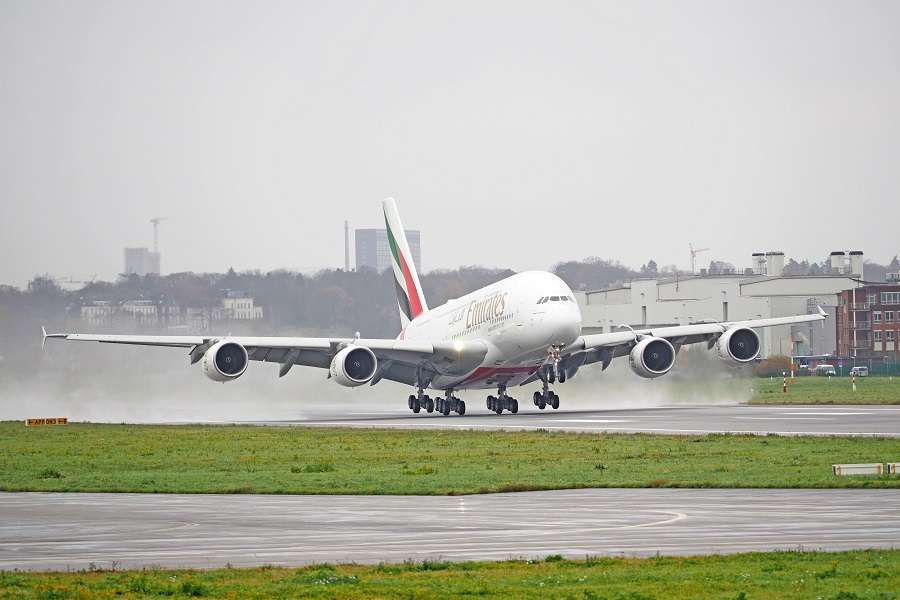
Emirates And Its A380 Fleet
All this means that there is still a role for existing A380s to play. It seems wrong to apply the term “niche” to something so huge. But in a way, this is an aircraft for niche airline usage. It’s just that this niche applies rather broadly, in specific parts of the world. Emirates, British Airways and Qantas will keep flying the jet for some time.
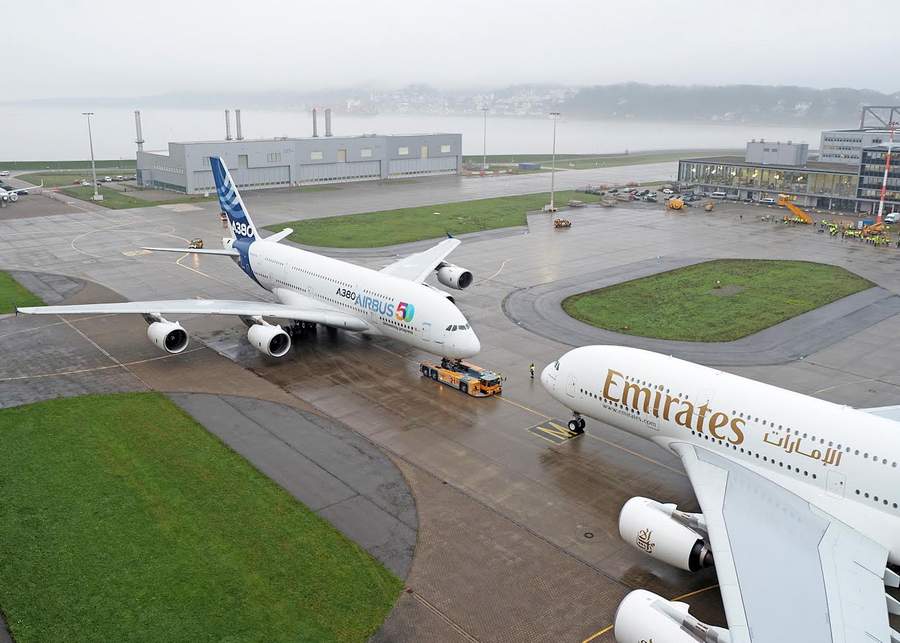
Crucially, the aircraft is really popular with passengers. But this isn’t enough to save it. Airbus was hoping to deliver over a thousand of these jets when the program started. Just over a quarter of that number left the factory. So Emirates got nearly half of all A380s ever made. Emirates was also the first to place an A380 order, back when Airbus referred to the plane as the A3XX.
It is also worth remembering that the A380 ushered innovations that newer aircraft benefited from. The size of the aircraft motivated Airbus to increase the use of composites, to save weight. This came in handy when it was the turn of the A350 to hit the market. As for Emirates, its A380 fleet that is in storage is getting new interiors, to keep it in service for a long time.
The number of A380s in the sky will continue to decrease in the next decade. But the jet remains competitive, in specific (niche?) roles and operations. So don’t expect it to disappear, for some time yet.

